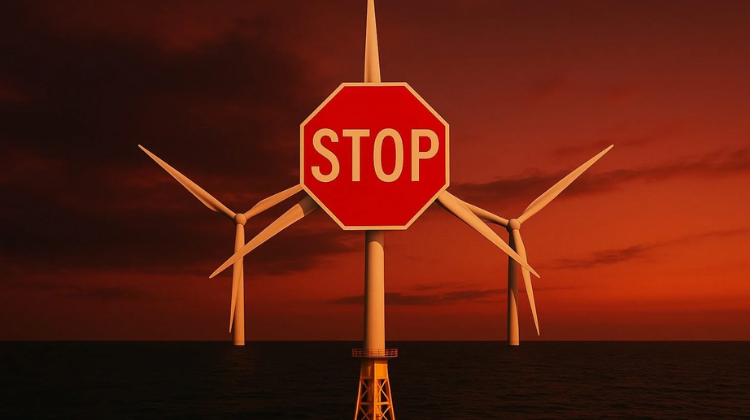Spain continues to make progress in decarbonization, and in 2024, a year in which the country recorded the highest growth among major economies, with a 3.5% increase in GDP, greenhouse gas emissions from the electricity sector fell by 16.8% compared to 2023, a cumulative decline of 75.7% since 2007, the year in which peak energy consumption was recorded.
As a result, the country’s total emissions fell by 1.5 million tons, bringing our total emissions down by 6.3% compared to 1990 and 38.5% compared to 2005. This progress is underpinned by the increased weight of renewable energy, which was the fastest-growing source, accounting for 6.2% of primary production, as revealed today by Joan Groizard, Secretary of State for Energy, during the presentation of the 2024 Energy Balance.
“The Spanish economy is not only growing strongly and will continue to do so, but it is doing so with fewer greenhouse gas emissions, less dependence on international markets, more competitive prices, and more efficiently, consuming less energy to create more wealth. The promotion of renewable energy and the electrification of the economy are at the heart of the solid growth we are experiencing,” Groizard said.
A MORE EFFICIENT ECONOMY
In this sense, the 3.5% increase in GDP coincides with a positive 1% reduction in primary energy intensity and a slight increase in final energy intensity (+0.6%).
This increased economic efficiency is noticeable in industry: the manufacturing and construction sectors increased their final energy consumption by 0.8%, although their economic activity is growing much more strongly. Nationally, primary energy consumption grew by 2.1%, reaching 117,452 Ktoe.
By sector, the growth in primary energy consumption occurred exclusively in transportation, although this sector is undergoing a transformation, with several significant measures underway, such as the new renewable fuel blending requirements. Furthermore, this occurs at a time when electrified vehicle registrations are doubling—growing by 98% so far in 2025—due to the measures already adopted and the deployment of more than 34,000 electric vehicle charging points available in real time on the REVE Map.
‘SOLPASSO’ FROM SOLAR TO WIND POWER
Renewable electricity production grew by 11.9% in 2024, reaching a record 57.2% of the country’s gross electricity generation, as a result of the sharp increase in hydroelectric (+37.6%) and photovoltaic (+23.7%) generation. For the first time, solar photovoltaic energy surpassed wind power in installed capacity, partly thanks to the rise in self-consumption, which closed the year with an installed volume of 8,256 MW, according to the statistical compilation conducted for the first time by the Ministry for Ecological Transition and the Demographic Challenge.
The share of gas decreased by 4.6% in the primary mix—23.4% in electricity—and petroleum product consumption increased by 5.6% due to increased mobility. Coal’s share in the electricity mix remained at a marginal 1.2%, covering specific operating needs of the electrical system.
MITECO will soon offer a new, more user-friendly and accessible portal on its website, featuring the set of energy statistics included in the annual energy balance.






























